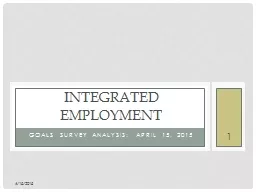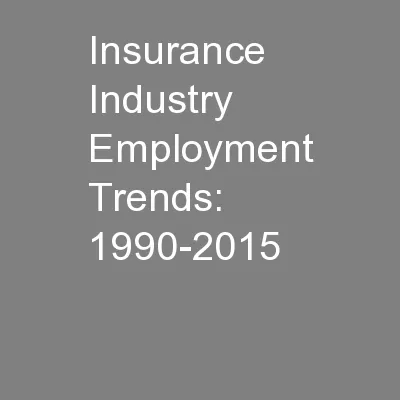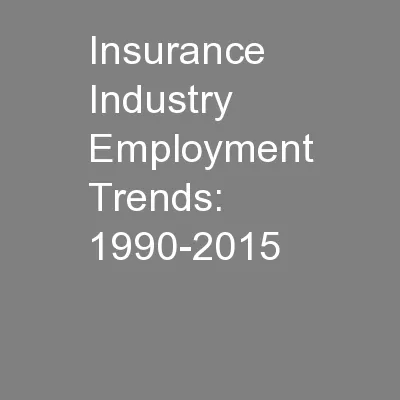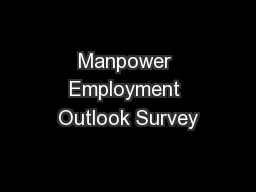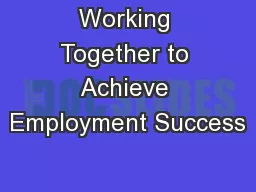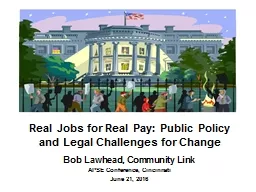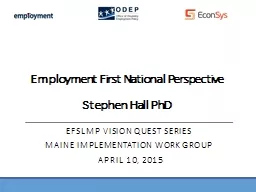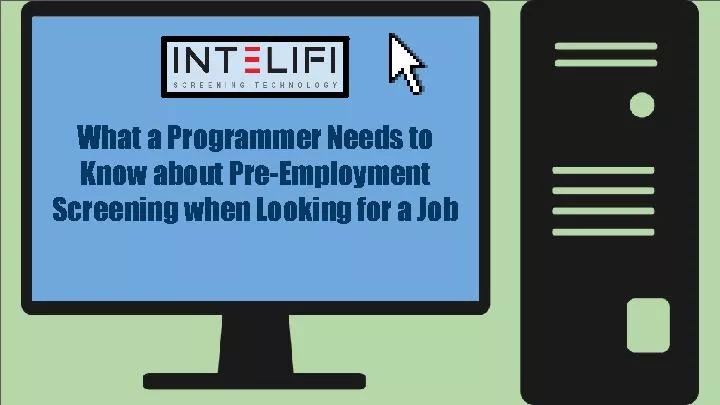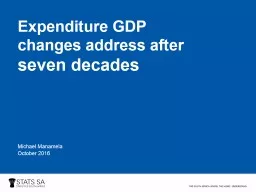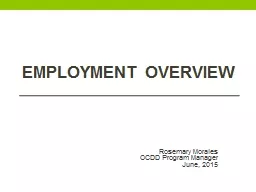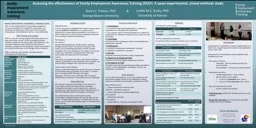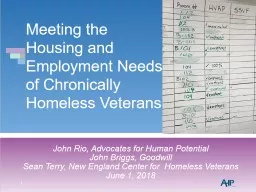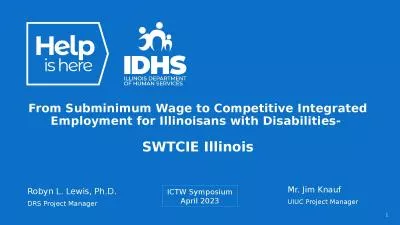PPT-Goals Survey Analysis: April 15, 2015 Integrated Employment
Author : liane-varnes | Published Date : 2019-11-01
Goals Survey Analysis April 15 2015 Integrated Employment 4152015 1 Strategic Planning Session Intended outcomes Orient the Taskforce to Strategic Planning Leverage
Presentation Embed Code
Download Presentation
Download Presentation The PPT/PDF document "Goals Survey Analysis: April 15, 2015 In..." is the property of its rightful owner. Permission is granted to download and print the materials on this website for personal, non-commercial use only, and to display it on your personal computer provided you do not modify the materials and that you retain all copyright notices contained in the materials. By downloading content from our website, you accept the terms of this agreement.
Goals Survey Analysis: April 15, 2015 Integrated Employment: Transcript
Download Rules Of Document
"Goals Survey Analysis: April 15, 2015 Integrated Employment"The content belongs to its owner. You may download and print it for personal use, without modification, and keep all copyright notices. By downloading, you agree to these terms.
Related Documents

